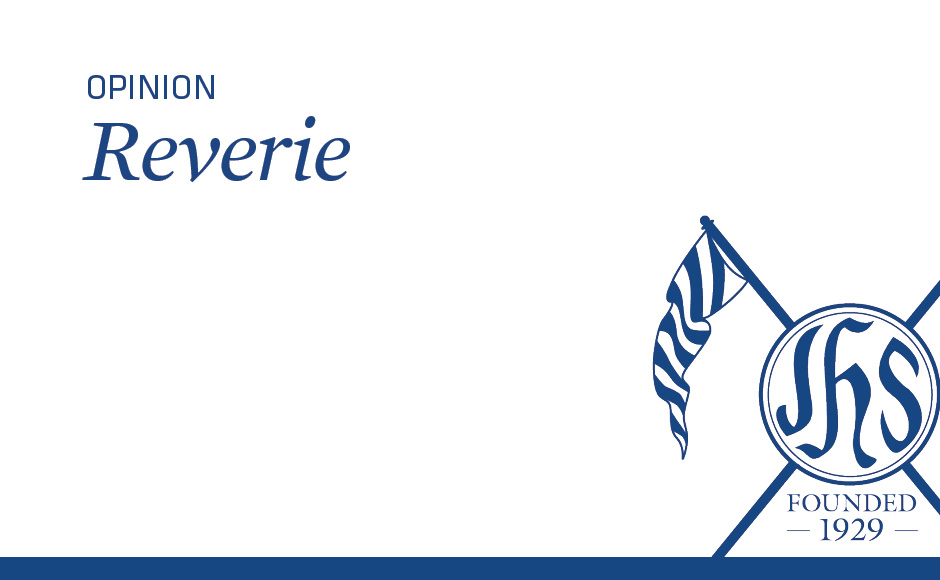 The popular entertainment website, BuzzFeed came under fire recently over cases of plagiarism. Benny Johnson, one of the site’s editors, was revealed to have lifted passages from various websites and articles. In the 500 articles written by Johnson, 41 of them had sentences or phrases that were copied word for word from other sources.
The popular entertainment website, BuzzFeed came under fire recently over cases of plagiarism. Benny Johnson, one of the site’s editors, was revealed to have lifted passages from various websites and articles. In the 500 articles written by Johnson, 41 of them had sentences or phrases that were copied word for word from other sources.
Closer to home, a post went around on Facebook showing that the posters of the Bulacan State University’s Office of Student Organizations (Bulsu-OSO) used the same logo as the Ateneo Freshmen Orientation Seminar (Orsem) 2013. Similarly, another poster from the organization used elements from the logo of the Ateneo Entablado’s play, Sugod, Filemon Mamon!.
Both Bulsu-OSO and BuzzFeed have since apologized for these cases of plagiarism. BuzzFeed has since fired Johnson and rewrote his articles, even adding an editor’s note for all 41 of them. They have also released a statement on their website last July 26, saying, “We will work hard to be more vigilant in the future, and to earn your trust.”
Bulsu-OSO also took down the posters in question. It released a statement on their Facebook page, stating that while they were sorry for the lapse in judgment, “the layout artist never claimed [the logo] as it was his own creation.”
And therein lies the problem. While Bulsu-OSO did apologize, the way they phrased their apology made it seem like it was okay for them to essentially copy-paste the logo, since they never claimed it to be theirs in the first place. It is as if saying that citing a source makes completely copying an idea okay.
We have long been taught that plagiarism occurs when one does not cite your source. This has been drilled into me since grade school. I have had countless classes on citation, on how to create reference lists and how to paraphrase, et cetera. But plagiarism also means taking other people’s ideas and passing it off as your own.
While it may only take five seconds to go on Google and right-click-save-as the first image we see, we have to realize that the image that we’re essentially stealing may have taken someone five or more years of training to create and conceptualize.
Art has always been seen as something easy, that it’s something that anyone with the technology can do. But we have to realize that the simple poster that we think was made in 10 minutes actually needed five revisions. That 30-second film required two to three days of shooting. That logo that we think was made in a day was actually made in a year. There is a lot of time and effort involved in making art and creating ideas, and it is time and effort that we almost usually disregard.
Bulsu-OSO also claimed in their statement that they had no “intention to make an uncomfortable situation between the two universities.” But this is not a case of hurt feelings. This is a case of intellectual property theft, plain and simple.
There has long been a lack of discussion about intellectual property rights (IPR) in this country, mostly because it is seen as a problem for the rich. But we have to realize that IPR is not just about protecting logos and poster designs; it is also about protecting artists.







